5 Design Research Lessons I Learned From My Mom
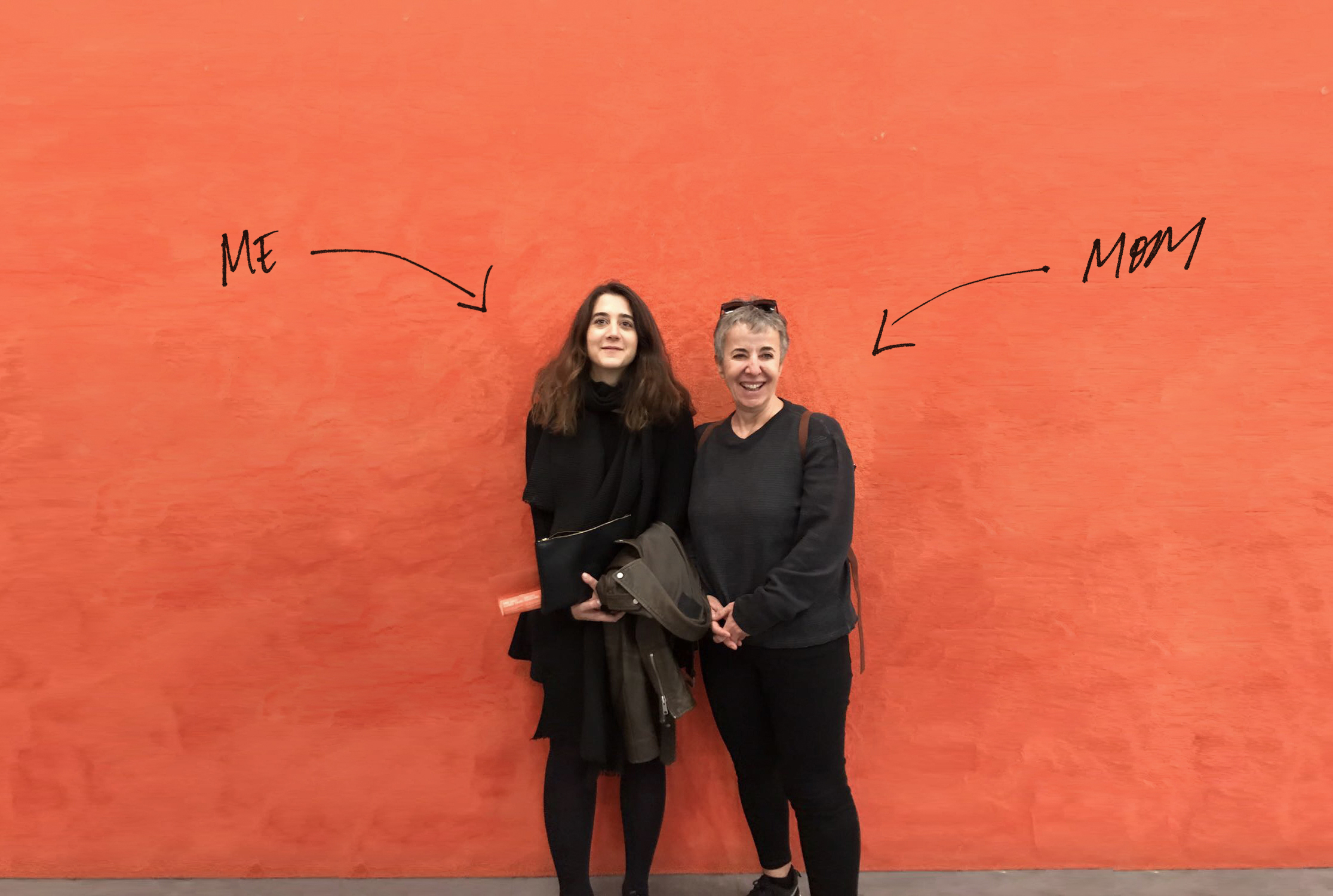
When I was a kid, my mom made up what she called “The Journalism Game” to keep me entertained while we were grocery shopping. She would give me a hypothetical scenario and ask me to think like a journalist, to tell her who I would talk to first to create the story.
My mom and I have a lot in common. We think problem solving is fun. We love people watching. We both only wear black. But our most striking similarity is that we both ask questions for living. I am a design researcher, focused on helping organizations build innovation capabilities and evolve their culture, and my mom is a political journalist in Turkey. The influence of her profession on my personality has been enormous, and so much of the way that I work comes from watching her. Here are five design lessons she’s taught me.
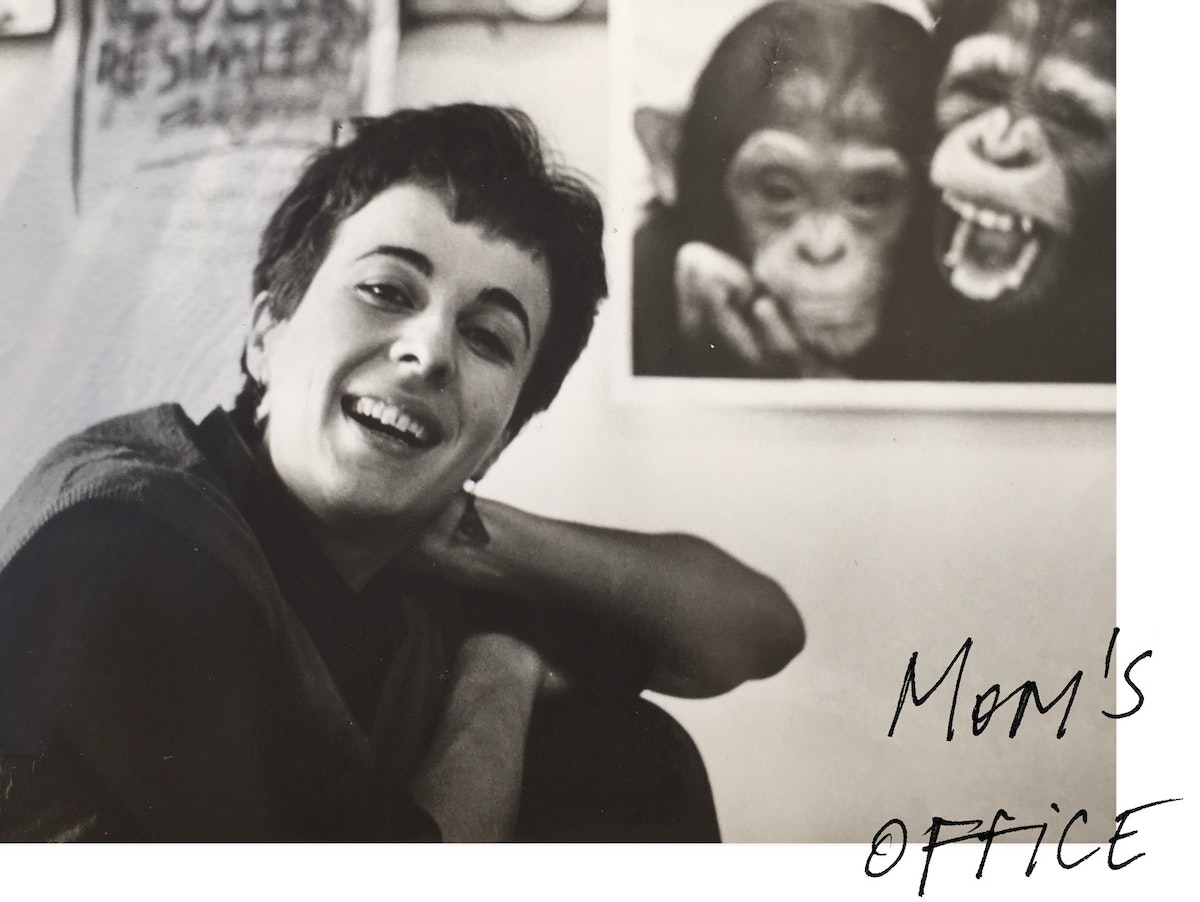
1. Plan the research through role playing.
My mom’s favorite way of understanding the truth and planning her story is to put herself in others’ shoes and go through the experience herself. For instance, to reconstruct the details of a murder case, she would go and act it out. It allowed her to connect the dots of why the crime happened in the first place, and helped her focus on the important elements of the event.
Walking in someone else's shoes before you even meet them can also inform how you plan your research. On a recent project, we needed to understand what physicians experience when they do rounds in clinical contexts, so we went speed dating. We captured the pain points of quickly talking to a lot of people at once and trying to remember the essence of the conversation. This experience helped us to focus on asking the right questions during our interviews with physicians.
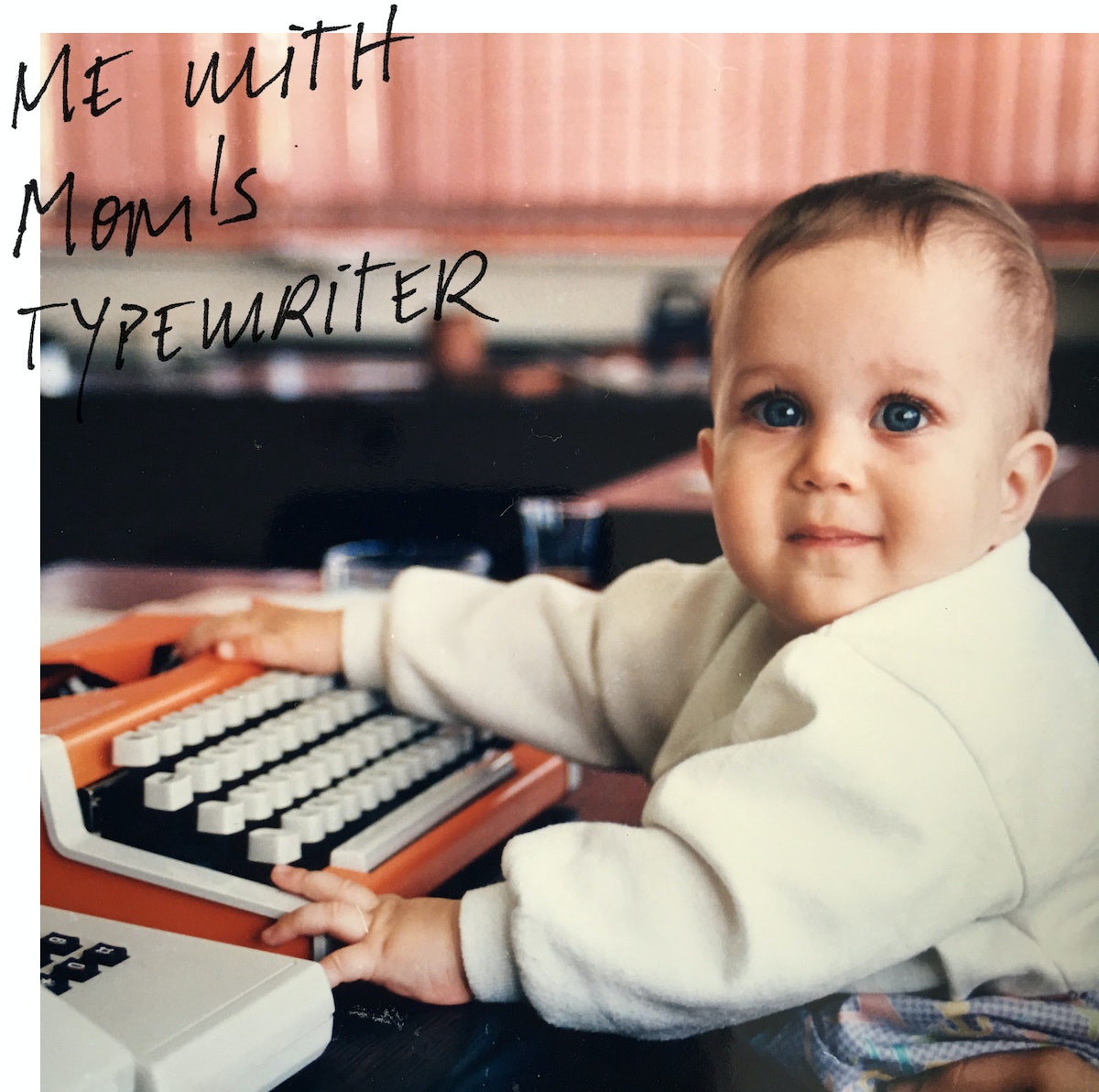
2. Lean-in the right moment.
My mom believes that everybody has secrets. And if you ask the right questions, their intentions will be revealed in their reactions. If a person starts to blush or sweat in an interview, that’s when she leans in. That’s how she captures the truth.
As designers, we prioritize empathy in our interviews, but my mom’s approach always inspired me to keep going to discover better insights. Finding eloquent (and ethical) ways of asking more about an uncomfortable topic might require a bit of pre-work—creating the right environment to make a person feel at ease, or sharing a bit about yourself. I once worked on a project about bathroom hygiene— one of the most intimate topics a stranger can talk to you about—and instead of asking people about their own behaviors, I talked to them about their roommates or friends. Turns out, people are way more comfortable talking about someone else's bathroom ritual.
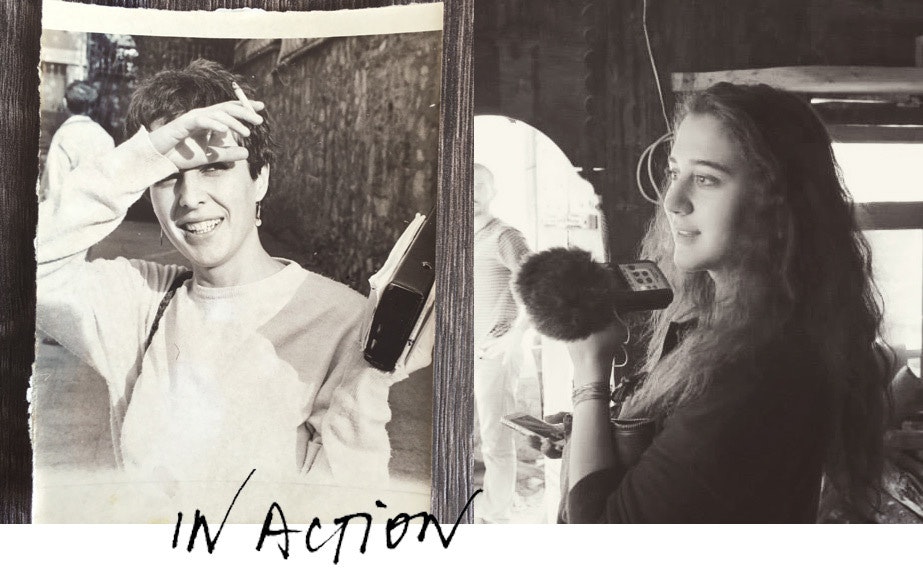
3. If you can’t ask, experiment.
As a journalist in Turkey in the 1980s, my mom covered many presidential elections and other world-changing events. Though occasionally her young age was to her advantage, from time to time, she had to come up with her own hacks to get the information she needed. One of her favorite tricks was to look in the garbage of famous politicians to understand what they were talking about, and what they were throwing away.
My colleagues Sean Hewens and Mat Chow did something equally creative. To understand the influential layers in a major international law firm, they created what they call The Blue Hat experiment. They picked a blue hat and brought it to the leaders of the law firm and asked, “What would you do to convince everyone in your organization to wear this blue hat?” Some said a raise. Others said a friendly competition. And some said, get the “cool” lawyers to do it first, then the others will follow. These answers helped the team figure out how influence actually happens at the firm, and shaped how they thought about rolling out a new change initiative.

4. Look outside the mainstream.
My mom would always push me to think in extremes. She always says, “To avoid ready-made answers, don’t talk to expected people. Talk to the extremes. Gather witnesses from all walks of life and listen to stories that others didn’t cover.”
At IDEO one of our biggest source of inspiration in design research is talking to extreme users, or what we sometimes call “super users.” Those who are at the edge of the bell curve of the challenge help us capture workarounds and interesting behaviors. For instance, when we are designing for change inside an organization, we don’t just talk to people in the C-suite; we also focus on people who recently joined or quit the organization, who might have a fresher take or more honest feedback.
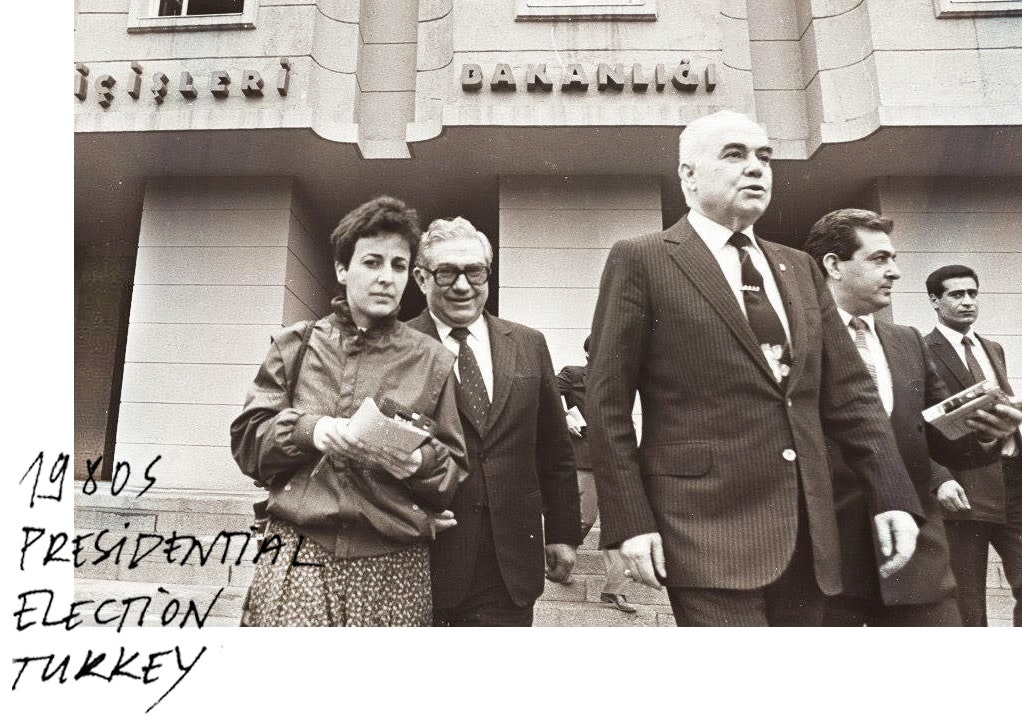
5. Don’t just research the people, research the system.
One of the most important parts of being a journalist is understanding the ecosystem you’re reporting in. Otherwise, you can’t make sense of what you find. For my mom, that meant making sure she understood who all the power players were, and how the system worked before she started crafting her stories. This is also true in our design process.
At IDEO, we believe that if you want to create the conditions that change behavior, you have to have a deep understanding of the landscape you are in. When my colleague Divya Viswanathan and her team took on a project to help unify a massive, 20,000-employee generic medicine manufacturer with operations in 27 countries, they didn’t just focus on talking to executives; they talked to everyone. When they chatted with a worker on the shop floor of one of their factories, he read them a poem he had written for the founder of the company. This conversation helped the team realize how much people care about the company’s purpose, and it changed the course and outcome of their project.
Words and art

Subscribe

.svg)







